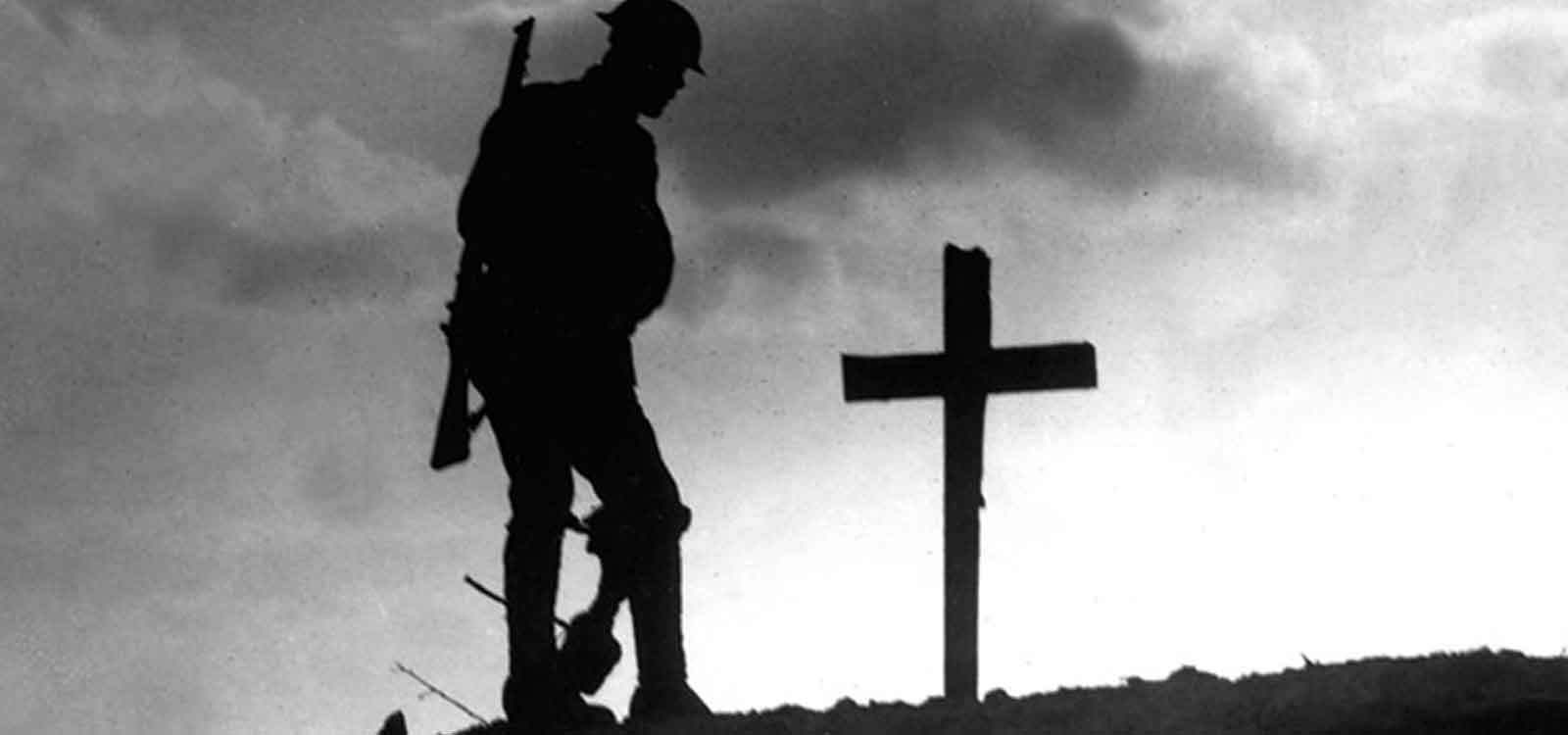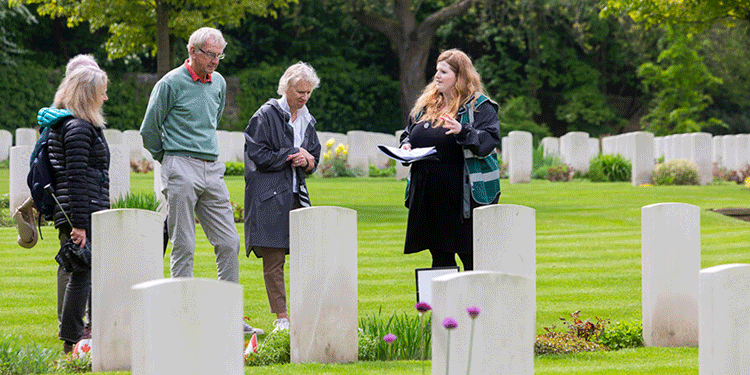
Manus was born in Edinburgh on 6 August 1877 to Patrick and Ellen Ward, who were originally from Ireland. He had two sisters; Helen and Agnes; and a brother James, who served in the 13th Bn Royal Scots and died for his country on 6 May 1916.
Manus lived at 27 Lothian Street, Rosewell and worked as a labourer at Whitehill Colliery and a report in the Midlothian Journal on 6 November 1914, reported the colliery men who were now serving their country, Manus being one of them.
The battalion’s war diary begins on the 9th July 1915, when the battalion was at Chiseldon. On the 10th July 1915, 3.45pm, the battalion marched off the parade ground with 27 officers and 795 other ranks under the command of Major Grant.
On reaching Chiseldon railway station, they boarded two trains under Major Grant and Captain A S Pringle respectively. They arrived at Folkestone at 10.30pm and embarkation was made onto S.S Victoria, which left the harbour around 11.15pm, escorted by Destroyers.
The battalion landed at Boulogne at 12.45a.m. on 11 July 1915 and formed up on the quayside. Led by guides, they marched to a rest camp at the top of a hill at Ostrohove, around two miles from the quay.
On arrival, blankets and waterproof sheets were drawn and the men were settled in by around 3.00a.m. Training and route marching were undertaken during July 1915, with the battalion moving through France to camps or billets in Audruicq, Arques, Allouagne and finally Lozinghem.
Preparations were now being made for the trenches and on the 24th July 1915, ‘A’ and ‘C’ companies were in the firing trench. They remained in the trenches until the 25th August 1915, when they were relieved, making their way to billets at Fouchuerueil, where they would remain until the 3rd September 1915.
Preparations were now being made at the front line for the ‘big push’, the Battle of Loos 25th September 1915. The battalion moved to Mazingarbe and on the eve of the battle, the battalion moved up to the trenches at ‘Quality Street’, in preparation for the attack on German positions on Hill 70.
Lots were drawn and ‘C’ Coy would lead the attack. All second in command were to remain behind. At 5.50am on the 25th September, gas was released and the first two platoons mounted the parapet, followed in quick succession by the other platoons. Heavy losses were incurred, however, the troops made rapid progress to the slopes of Hill 70. The fighting was fierce with heavy German machine gun fire and eventually any gains made were lost as the troops started to retreat due to the heavy losses.
During this time Manus was assumed to have been killed and he was later reported to have died on 25 September 1915 aged 46 years. He was one of 8,500 soldiers to have died on that day.
Private Manus Ward's body was never identified, so he is commemorated on the Loos Memorial. He is also on the Rosewell War Memorial.

